
While range might get all the attention when it comes to comparing new EVs, charging speeds can be even more important, especially on long journeys. The difference between a standard 400V electric car and a cutting-edge 800V model can be the difference between a toilet break and a full lunch stop at services, with the fastest-charging EVs able to add hundreds of miles of range in as little as 18 minutes.
Of course, how fast an EV can charge is determined by a range of factors including battery level, the weather, and the type of rapid or ultra-rapid charge point you’re plugging into. While newer 800V charging points are quickly rolling out, you’re more likely to see the more popular 400V system in the UK. That’s a bottleneck for the fastest-charging EVs in our list, though a convenient bit of future-proofing as charging infrastructure improves.
Even within the 400V range, there’s huge variation in how quickly an EV can refill. Peak speed is influenced by everything from the battery’s temperature to its current state of charge. However, the ultimate litmus test remains a car’s maximum DC charge rate. To cut through the noise, we've ranked the fastest-charging EVs on sale by this figure.
How we tested
We’ve driven hundreds of electric cars to bring you our authentic and honest verdicts. Our real world test drives include long distance and urban driving, and we put each car through their paces when it comes to practical features like boot space, practicality, features, range, charging speeds and more.
Fastest charging electric cars in 2025
- Lotus Eletre – £84,990, Lotuscars.com
- Audi e-tron GT – £108,775, Audi.co.uk
- Porsche Taycan – £88,200, Porsche.com
- Audi Q6 e-tron – £61,240, Audi.co.uk
- Maserati GranCabrio Folgore – £176,760, Maserati.com
- Porsche Macan – £71,200, Porsche.com
- Hyundai Ioniq 5 – £39,900, Hyundai.com
- Kia EV6 – £45,585, Kia.com
- Polestar 3 – £69,910, Polestar.com
- Volvo EX90 – £82,660, Volvocars.com
1. Lotus Eletre: £84,990, Lotuscars.com
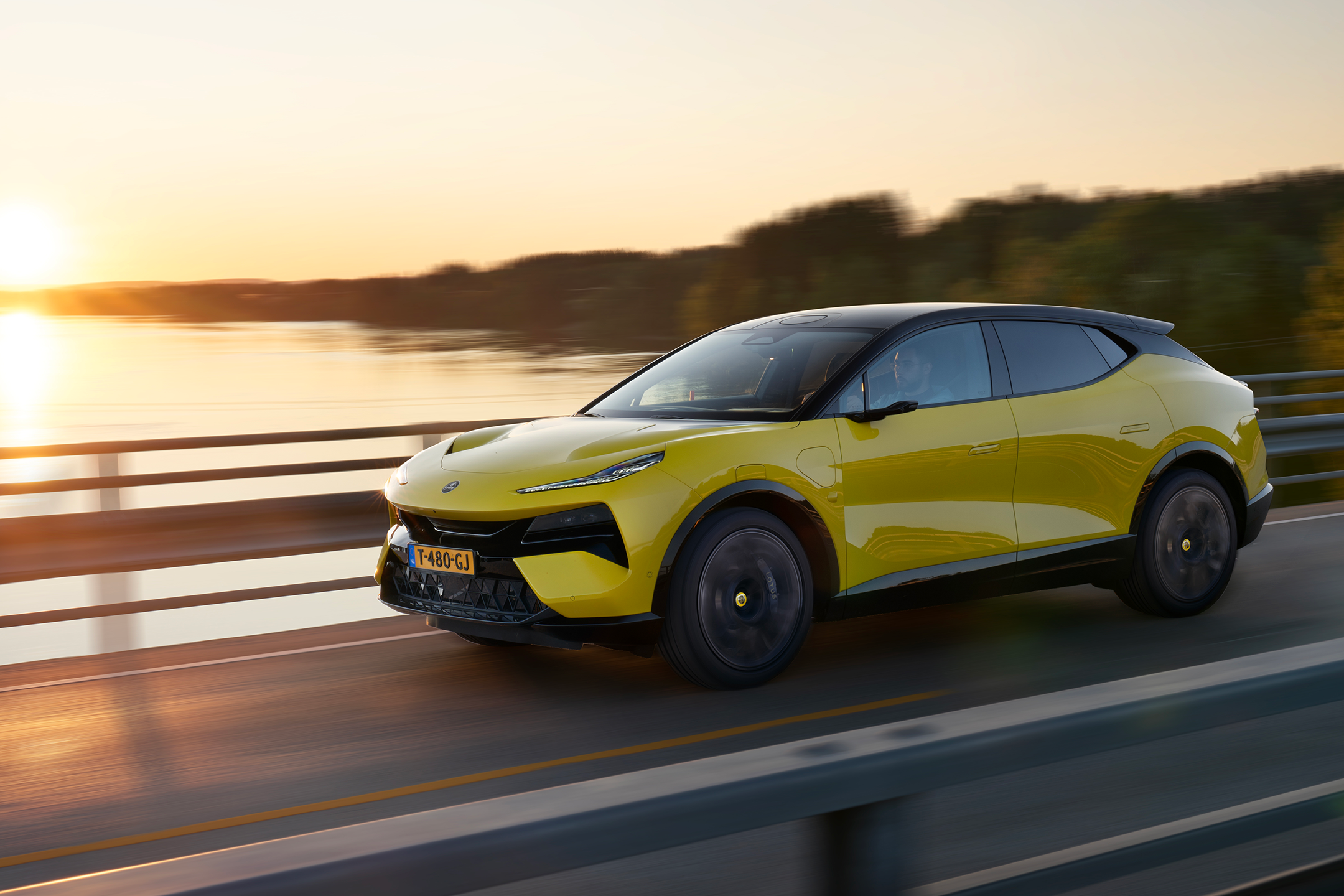
Independent rating: 9/10
- Maximum charge rate: 350 kW
- Battery size: 112 kWh
Lotus Eletre specs
- Electrical architecture: 800 volts
- Charge time: 10 to 80 per cent in 14 minutes
- Maximum claimed range: 373 miles
The current king of EV charging is the Lotus Eletre, which can fill its battery at up to 350 kW, making full use of the most powerful public chargers available anywhere in the UK. In fact, Lotus said in June 2024 that the Eletre can go even quicker, reaching 402 kW when plugged into its own 450 kW charger.
Read our full review of the Lotus Eletre
Even using a public 350 kW charger, the Eletre can fill from 10 to 80 per cent in just 20 minutes, or gain up to 74 miles of range in as little as five minutes. Lotus says that, when using a 400 kW charger, the Eletre could cut that 10-80 per cent time down to just 14 minutes.
2. Audi e-tron GT: £108,775, Audi.co.uk
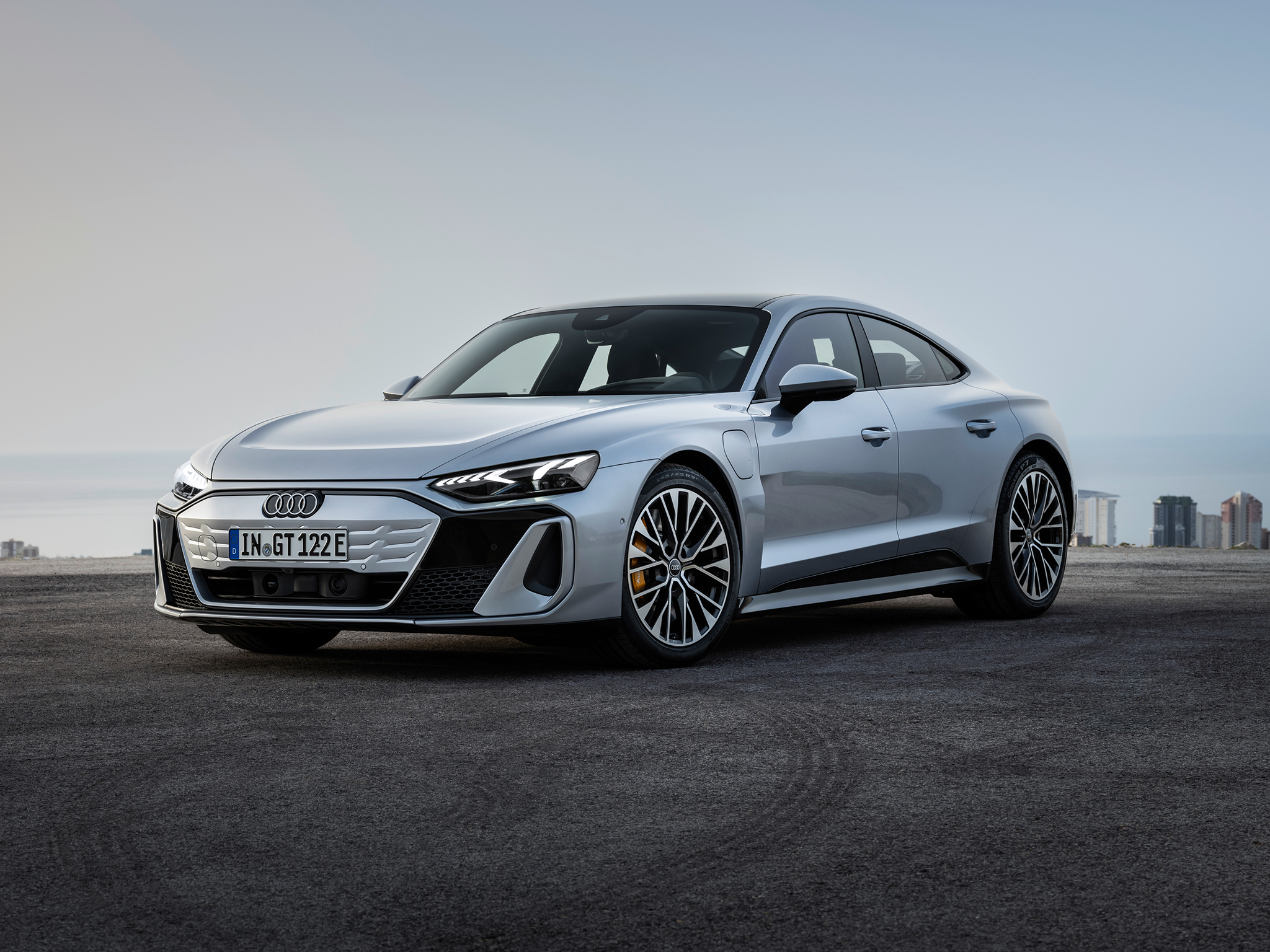
Independent rating: 8/10
- Maximum charge rate: 320 kW
- Battery size: 105 kWh
Audi e-tron GT specs
- Electrical architecture: 800 volts
- Charge time: 10 to 80 per cent in 18 minutes
- Maximum claimed range: 378 miles
Both Audi and Porsche produce cars with incredibly fast charging capabilities, in the form of the closely-related Audi e-tron GT and Porsche Taycan. As part of a recent facelift, the Audi e-tron GT now charges at up to 320 kW (up from 270 kW for the previous generation), and can fill its battery from 10 to 80 per cent in as little as 18 minutes.
Read our full review of the Audi e-tron GT
It’s worth remembering that car manufacturers tend to use 80 per cent as the cutoff for their rapid charge times, as batteries fill far more slowly after that point. It is also considered good practice to avoid frequently rapid-charging a car battery beyond 80 per cent, and to only charge fully using an AC charger at home, in a bid to sustain the lifetime of the battery.
3. Porsche Taycan: £88,200, Porsche.com
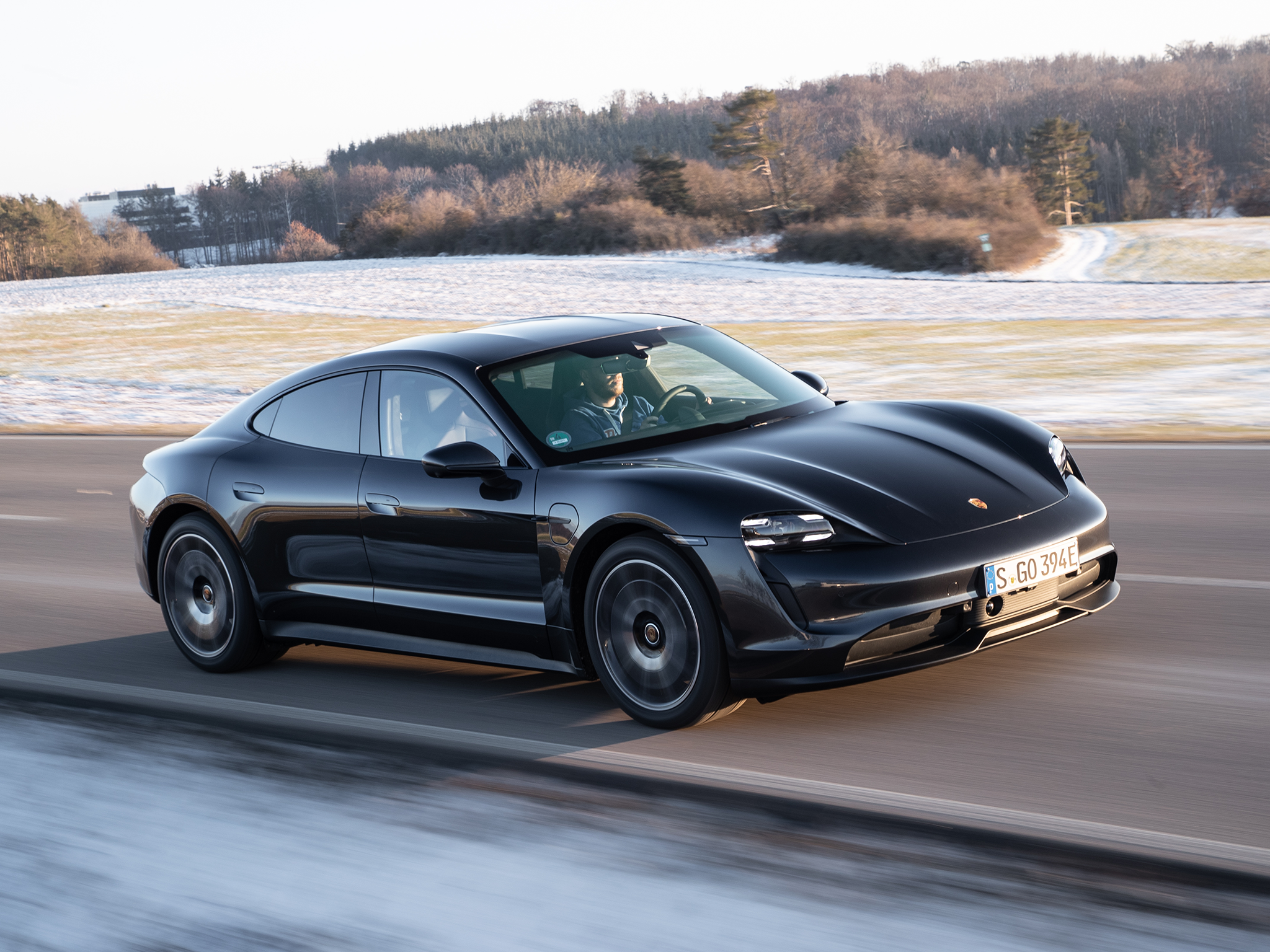
Independent rating: 9/10
- Maximum charge rate: 320 kW
- Battery size: 89 or 105 kWh
Porsche Taycan specs
- Electrical architecture: 800 volts
- Charge time: 10 to 80 per cent in 18 minutes
- Maximum claimed range: 394 miles
Closely related to the Audi e-tron GT, the Porsche Taycan also received a facelift in 2024 that upped its maximum charge rate from 270 kW to 320 kW. This also resulted in a new 10-80 per cent charge time of 18 minutes, when using a 350 kW charger. The previous-generation Taycan manages the same charge in about 22 minutes, also when using a 350 kW charger.
Read our full review of the Porsche Taycan
The Porsche and Audi (as well as the Lotus and some EVs from Kia, Hyundai and Genesis) can charge so quickly because they have an 800-volt electrical architecture. Most other EVs use 400 volts, which is less expensive for manufacturers to produce, but limits their ability to charge as quickly.
4. Audi Q6 e-tron: £61,240, Audi.co.uk
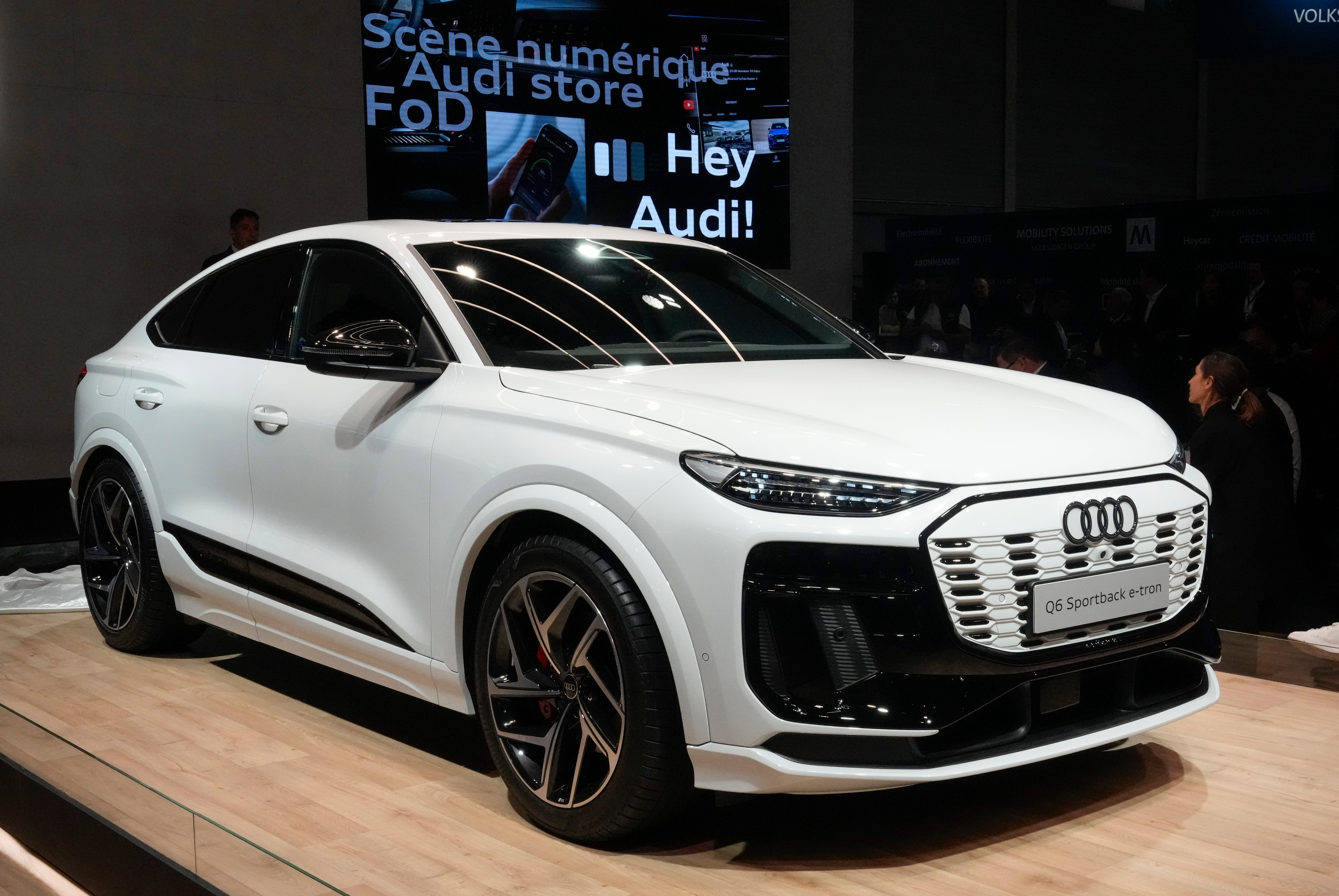
Independent rating: tbc
- Maximum charge rate: 270 kW
- Battery size: 82 or 100 kWh
Audi Q6 e-tron specs
- Electrical architecture: 800 volts
- Charge time: 10 to 80 per cent in 21 minutes
- Maximum claimed range: 392 miles
Another entry from the Volkswagen Group, the Audi Q6 e-tron is another 800-volt EV that can charge extremely quickly. Plug the electric SUV into a 350 kW charger and it’ll fill at up to 270 kW, resulting in a 10-80 per cent charge time of 21 minutes.
The Q6 e-tron also uses its 800-volt system to charge more quickly at less powerful 400-volt chargers too, such as those that operate at up to 150 kW. Plug it into such a charger, and it automatically splits its battery into two 400-volt packs, effectively charging the two halves in parallel at up to 135 kW. It’s a process that Audi calls bank charging.
Home charging on AC goes up to 11 kW for now, but Audi says this will be increased to 22 kW as an option at a later date, although most home chargers in the UK are limited to 7.4 kW.
5. Maserati GranCabrio Folgore: £176,760, Maserati.com

Independent rating: 8/10
- Maximum charge rate: 270 kW
- Battery size: 83 kWh
Maserati GranCabrio Folgore specs
- Electrical architecture: 800 volts
- Charge time: 20 to 80 per cent in 18 minutes
- Maximum claimed range: 278 miles
Another member of the 800-volt, 270kW club, the Maserati GranTurismo Folgore can fill its battery to 80 per cent in as little as 18 minutes, when using a 350 kW charger. One of the very first convertible EVs to hit the market – and indeed the first soft-topped four-seater – the GranCabrio Folgore is a design winner inside and out, with decent range and advanced tech. It’s also seriously quick, just as you’d expect from a Maserati, with a 0-62 mph time of 2.8 seconds.
Read our full review of the Maserati GranCabrio Folgore
6. Porsche Macan electric: £71,200, Porsche.com
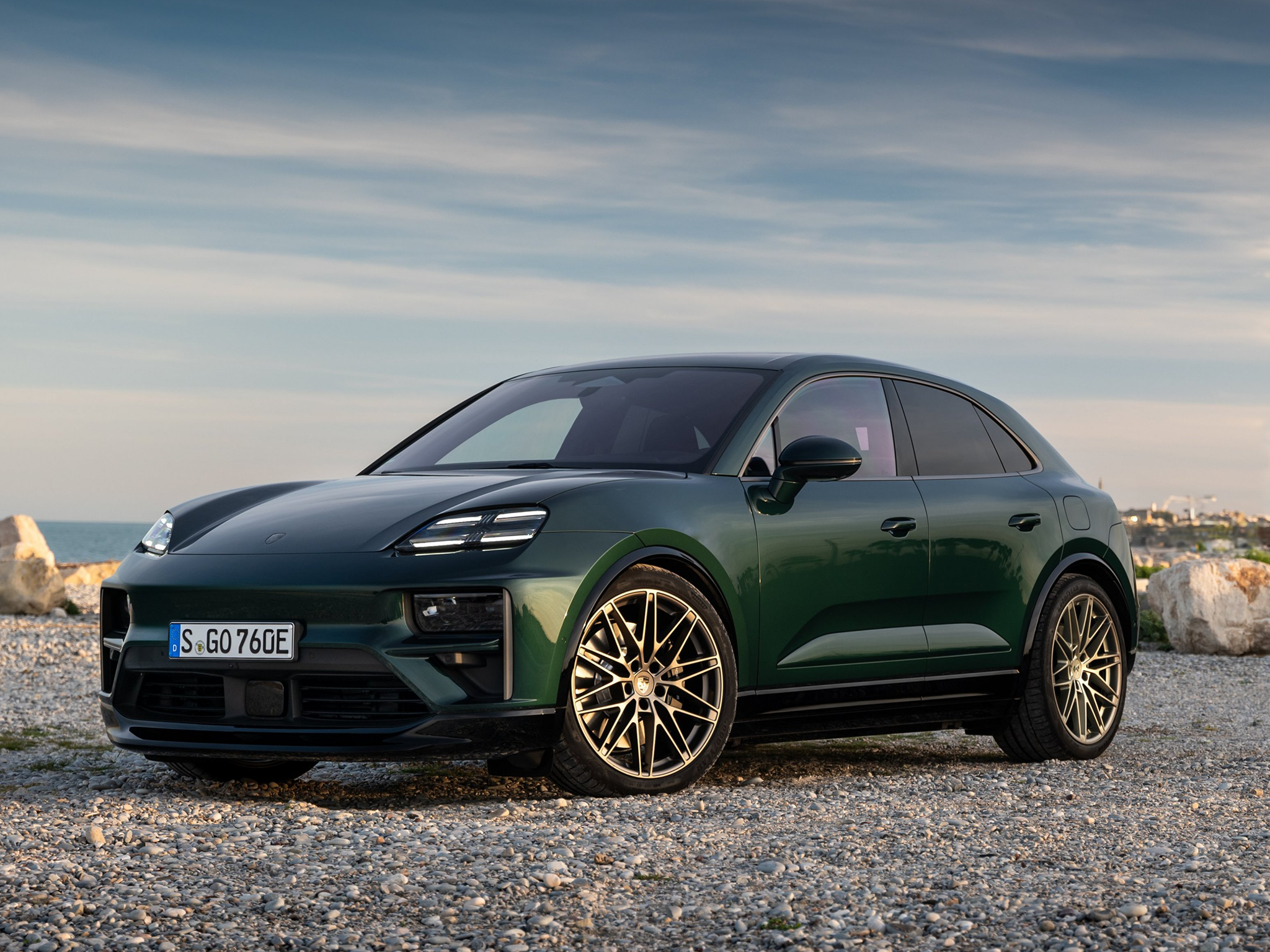
Independent rating: 8/10
- Maximum charge rate: 270 kW
- Battery size: 100 kWh
Porsche Macan electric specs
- Electrical architecture: 800 volts
- Charge time: 10 to 80 per cent in 20 minutes
- Maximum claimed range: 380 miles
Now only available as an EV, the new Porsche Macan is a mid-size SUV built on an 800-volt platform shared with the Taycan. While it doesn’t charge quite as quickly as Porsche’s flagship EV, the Macan still manages an impressive 270 kW when using an equally powerful charger. That translates into a 10-80 per cent charge taking just 20 minutes.
Read our full review of the Porsche Macan
7. Hyundai Ioniq 5: £39,900, Hyundai.com

Independent rating: 9/10
- Maximum charge rate: 260 kW
- Battery size: 63 or 84 kWh
Hyundai Ioniq 5 specs
- Electrical architecture: 800 volts
- Charge time: 10 to 80 per cent in 18 minutes
- Maximum claimed range: 354 miles
Platform sharing is commonplace among related EV brands, and nowhere is this more apparent than with the Kia Hyundai group.
Read our full review of the Hyundai Ioniq 5
The Hyundai Ioniq 5, Kia EV6 and Genesis GV60 all share the same platform, with the former two receiving a similar facelift in 2024 that increased both their range and charge speed. For the Hyundai that means a maximum charge rate of 260 kW and a 10-80 per cent charge time of just 18 minutes. Add that to a claimed range of up to 354 miles, and you have an EV that can handle road trips with ease.
8. Kia EV6: £45,585, Kia.com
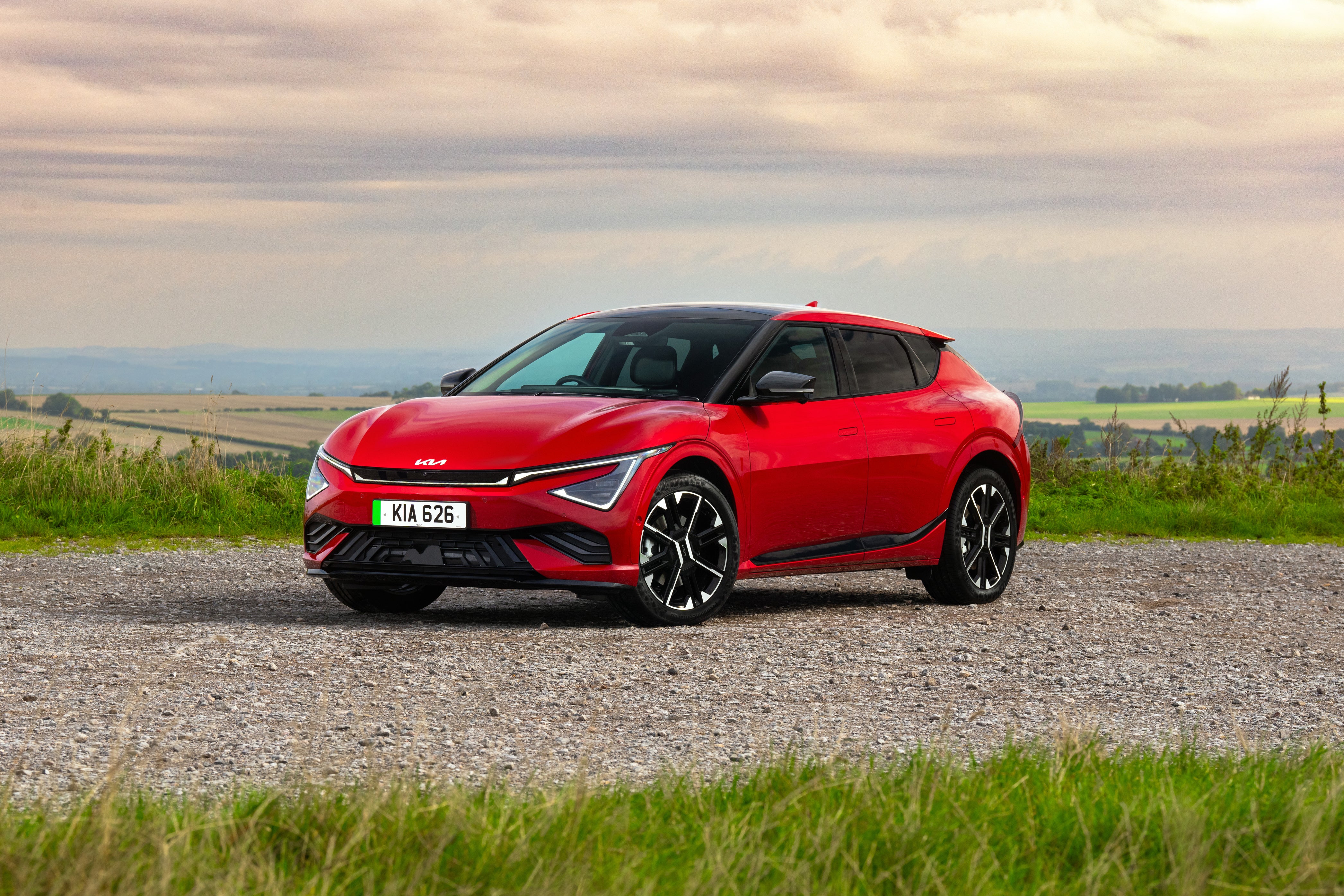
Independent rating: 9/10
- Maximum charge rate: 258 kW
- Battery size: 84 kWh
Kia EV6 specs
- Electrical architecture: 800 volts
- Charge time: 10 to 80 per cent in 18 minutes
- Maximum claimed range: 361 miles
Sharing its platform with the Hyundai Ioniq 5, above, the closely-related Kia EV6 benefits from the same 800-volt electrical architecture, the same charge rate and the same 10-80 per cent charge time. Also recently face-lifted, the EV6 is a very strong alternative to the Tesla Model 3. It’s also great to drive and comes with a lot of kit as standard.
Read our full review of the Kia EV6
9. Polestar 3: £69,910, Polestar.com
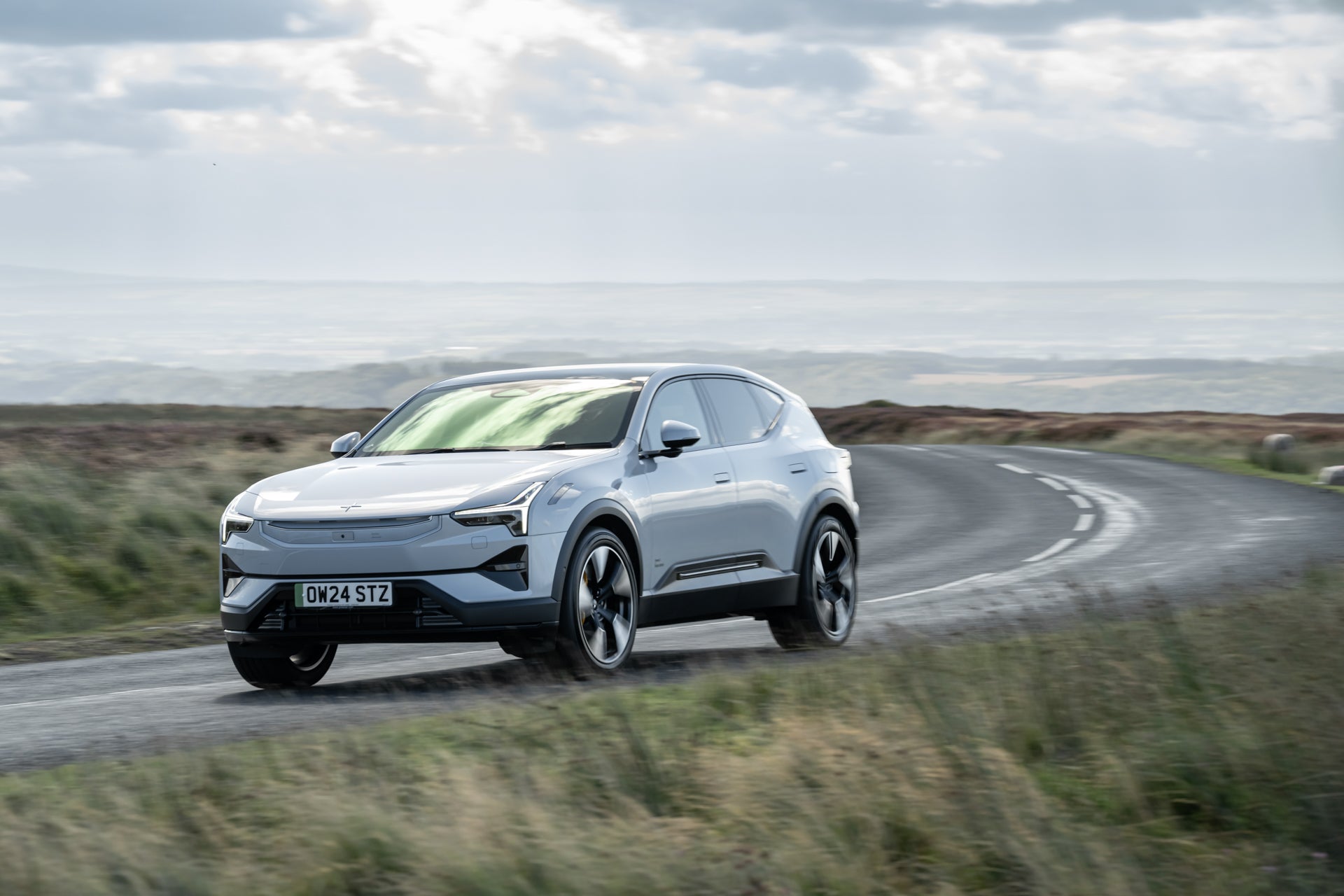
Independent rating: 8/10
- Maximum charge rate: 250 kW
- Battery size: 111 kWh
Polestar 3 specs
- Electrical architecture: 400 volts
- Charge time: 10 to 80 per cent in 30 minutes
- Maximum claimed range: 403 miles
Polestar’s first full-size SUV, and only its second electric car full-stop, the 3 doesn’t benefit from the 800-volt systems of other cars in this article, but still manages a charge rate of 250 kW. That’s enough to fill the huge, 111 kWh battery from 10 to 80 per cent in just 30 minutes – so even if it can’t quite match other cars in this list, it’ll still charges plenty quick enough for most drivers.
Read our full review of the Polestar 3
The Polestar 3 also benefits from a sporty drive, an infotainment and navigation system powered by Google, and one of the best sound systems we have ever heard, complete with speakers by Bowers & Wilkins and Dolby Atmos compatibility.
10. Volvo EX90: £82,660, Volvocars.com
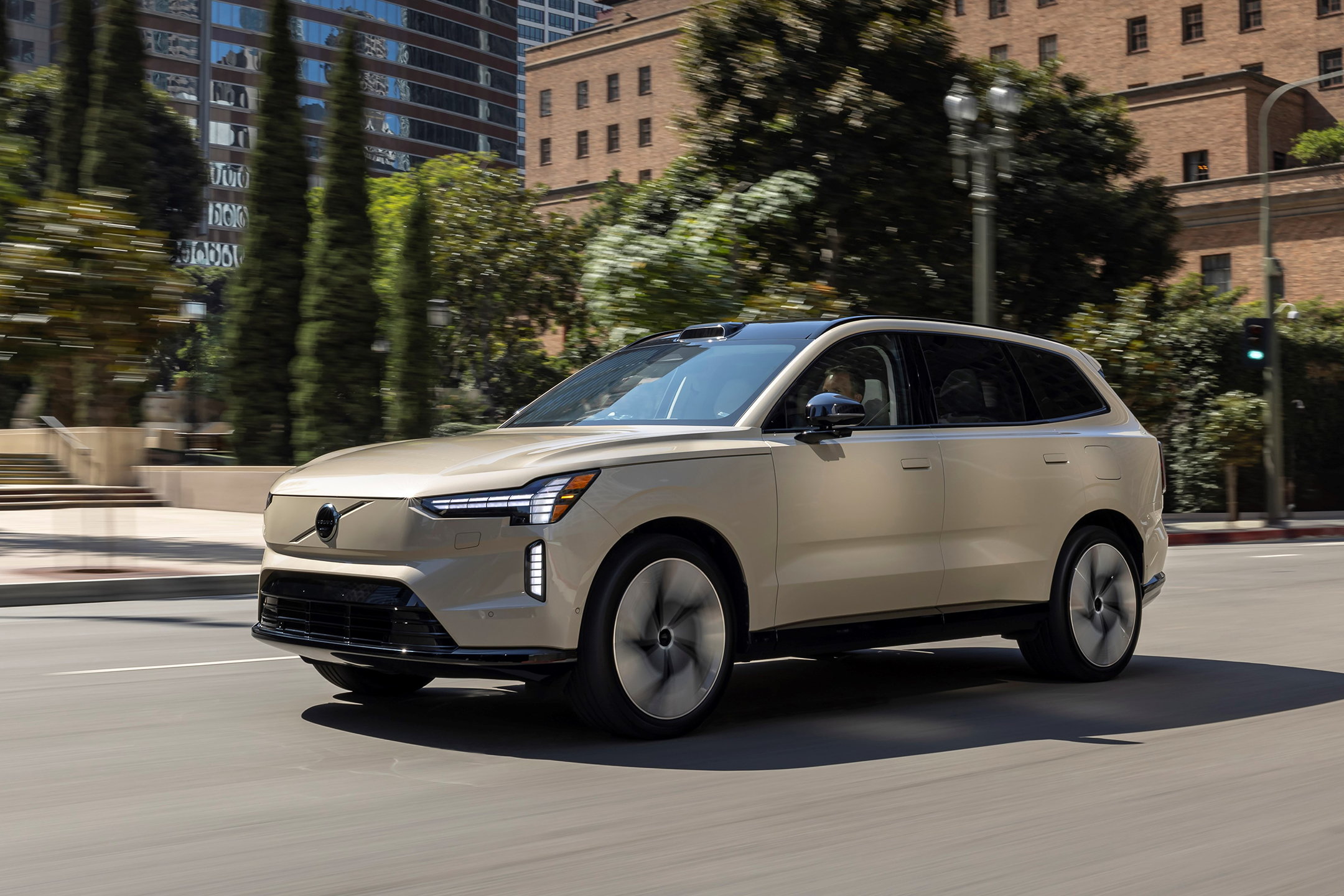
Independent rating: 6/10
- Maximum charge rate: 250 kW
- Battery size: 111 kWh
Volvo EX90 specs
- Electrical architecture: 400 volts
- Charge time: 10 to 80 per cent in 30 minutes
- Maximum claimed range: 374 miles
Another example of an EV sharing its platform with another, the Volvo EX90 has the same battery size and charge rate as the Polestar 3. Essentially an electric version of the iconic XC90, the EX90 is Volvo’s new flagship SUV, with seven seats and masses of Scandi cool.
Read our full review of the Volvo EX90
We were impressed by the spacious cabin – which has over 300 litres of storage space, even with all seven seats occupied – and impressive comfort and quality. It also benefits from a fantastic Bowers & Wilkins sound system with a mode that replicates the acoustics of the famous Abbey Road Studio.
FAQs
What is the maximum charging speed available in the UK?
The fastest public chargers available in the UK operate at up to 350kW, which is equal to the capabilities of the fastest-charger EV on sale here, the Lotus Eletre. Such chargers are operated by providers like Gridserve and Ionity.
How to charge your EV as quickly as possible
Electric cars charge more quickly when their battery is low on charge and when the battery is warm. Many EVs will warm their battery as they approach a charge station (but only if you are using the car’s own navigation system and have set the charger as a destination). Using a more powerful charger will fill the battery more quickly, but only at whatever limit the car can handle; for example, a car that can charge at 150kW will not charge any quicker if you use a 350kW charger.
What factors influence charging time?
Battery state-of-charge and temperature are key factors when it comes to charge speed. For example, on a recent cold day we saw a charge speed of just 42kW when filling an EV capable of over 200kW, using a 350kW charger. The battery had not been pre-conditioned (warmed up) on the way.
What’s the difference between EVs using 400 volts and 800 volts?
You might already be familiar with how almost all cars use a 12V electrical system, usually powered by a traditional lead-acid battery. EVs also use these batteries to power auxiliary functions, but also have a high-voltage system for powering the much larger battery used to drive the motor or motors.
These high-voltage systems run at either 400 volts or 800 volts, with the former being more common but the latter offering greater charge speeds. Although more expensive to produce, 800V systems offer greater efficiency as they tend to use lighter components and require half the amps of a 400V system. The greater efficiency comes from less heat loss, since the system is operating at a lower current – and what this ultimately means is, 800V EVs can charge their batteries at a higher rate, measured in kilowatts.
Whereas 400V EVs tend to charge at no greater than 250kW (when using an equally powerful charger), EVs operating at 800V can charge at 320kW or even 350kW – and that matches the most powerful public chargers currently available in the UK. There is the potential for 800V EVs to charge even quicker, with the upcoming Polestar 5 reaching 370 kW in testing and Chinese EV company Zeekr achieving over 540kW, also during the testing of a prototype EV battery. Such a rate could lead to charging an EV from 10 to 80 per cent in just 10 minutes.
Why trust us
Our team of motoring experts have decades of experience driving, reviewing and reporting on the latest EV cars, and our verdicts are reached with every kind of driver in mind. We thoroughly test drive every car we recommend, so you can be sure our verdicts are honest, unbiased and authentic.
The verdict: Fastest charging EVs
Despite all the cutting-edge technology on display, EV charging is an inexact science. Charge speed can be affected by temperature, as well as how full the battery already is, how many other cars are using the same charge station, the capability the charger, and the maximum charge speed of the car. It is also important to understand that an empty battery fills much more quickly than a near-full one – that’s why charge times are usually framed using a fill from 10 to 80 per cent. Also, in the interests of prolonging battery health, filling from 80 to 100 per cent should be done on a slower AC charger at home.
Ultimately, a faster-charging EV is more convenient than one which charges slowly. However, if you want an EV with a small battery, how quickly it charges on a per-kilowatt basis will matter less. While 320kW or 350kW charging speeds make for great headlines, we imagine most EV drivers will be happy if their car consistently fills at 100kW or more. And remember – these maximum speeds are only achieved for a short amount of time during the charging process; a near-empty battery may hit top-speed in a matter of seconds, but that speed will fall as the battery fills up.
Best used electric cars 2025: Top 10 second-hand EVs to buy
Ford Puma Gen-E review: The UK’s best-selling car goes electric
Living with the Mini Aceman: How are we getting on with our all-electric Mini?
Best small electric cars 2025: Top 11 affordable compact EVs to buy
The 10 best Tesla alternatives 2025: Our favourite rivals to Elon Musk’s EVs
How much do EVs cost to charge at home? All your electric car charging questions answered
Best long-range electric cars 2025: Top 10 EVs that go the distance







